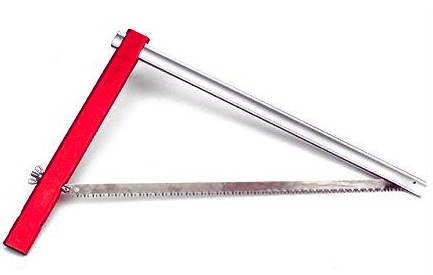- Joined
- Sep 12, 2011
- Messages
- 88
Had a real interesting experience this weekend on an overnight hunt in 5f/-15c. Got in the woods around 5pm and had an incredibly vigorous 5 hour snowshoe up some very steep mountainous terrain with some very heavy packs(for dudes that arent in USMC shape or anything resembling it). left us pitching camp late and wanting a big ol' blaze of a fire to warm us up and keep burning into the night.
Processing firewood in the wild with our pretty gansfors axes was a chore! And being that exhausted from working hard at high altitude was killer. It freaked me out being that tired and throwing the large head of the full size axe around. The smaller axe was safer when used kneeling but tedious/tiring for sectioning.
I'll never go out in serious winter without a folding saw again- jurys still out on whether I baton the sections with a small axe or use a prybar survival blade.
What do you folks find works as a BACKPACKABLE winter wood-processing solution?
Processing firewood in the wild with our pretty gansfors axes was a chore! And being that exhausted from working hard at high altitude was killer. It freaked me out being that tired and throwing the large head of the full size axe around. The smaller axe was safer when used kneeling but tedious/tiring for sectioning.
I'll never go out in serious winter without a folding saw again- jurys still out on whether I baton the sections with a small axe or use a prybar survival blade.
What do you folks find works as a BACKPACKABLE winter wood-processing solution?




